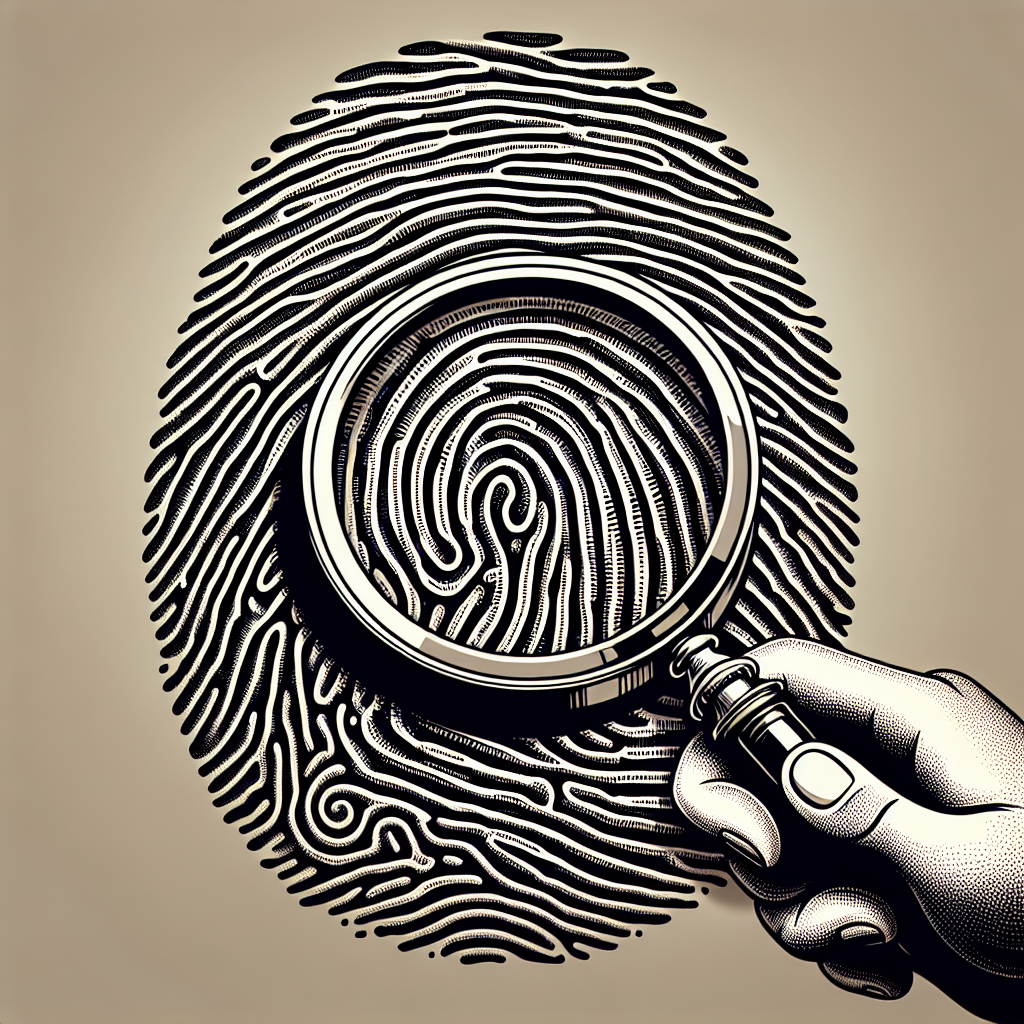Your cart is currently empty!
Unraveling the Mysteries of Fingerprint Patterns

Fingerprints have long been used as a means of identification, with each person possessing a unique pattern that sets them apart from others. But what exactly determines the pattern of ridges and valleys on our fingertips? And how do forensic experts use these patterns to solve crimes?
The patterns found in fingerprints are created by the arrangement of raised ridges and furrows on the skin of our fingertips. These patterns are formed during fetal development and remain unchanged throughout our lives, making them a reliable form of identification. There are three main types of fingerprint patterns: loops, whorls, and arches.
Loops are the most common type of fingerprint pattern, accounting for around 60-70% of all fingerprints. In a loop pattern, the ridges enter from one side of the finger, curve around, and exit from the same side. There are two subcategories of loop patterns: ulnar loops, which open towards the little finger, and radial loops, which open towards the thumb.
Whorls are the second most common type of fingerprint pattern, making up around 25-35% of all fingerprints. In a whorl pattern, the ridges form circular or spiral shapes. There are several subcategories of whorl patterns, including plain whorls, central pocket whorls, and double loop whorls.
Arches are the least common type of fingerprint pattern, accounting for only around 5% of all fingerprints. In an arch pattern, the ridges enter from one side of the finger, rise in the center, and exit from the opposite side. There are two subcategories of arch patterns: plain arches and tented arches.
Forensic experts use fingerprint patterns to identify individuals and link them to crimes. When a fingerprint is found at a crime scene, it can be compared to a database of known fingerprints to determine if there is a match. This process, known as fingerprint analysis, relies on the unique characteristics of each person’s fingerprint pattern to make a positive identification.
In addition to identification, fingerprint patterns can also be used to determine certain traits about a person. For example, the presence of certain patterns, such as whorls or loops, can be used to predict a person’s sex or race. This information can be useful in forensic investigations when trying to narrow down a list of suspects.
Overall, the study of fingerprint patterns is a fascinating field that continues to unravel the mysteries of human identification. By understanding the unique characteristics of each person’s fingerprints, forensic experts are able to solve crimes and bring justice to those who have been wronged.
#Unraveling #Mysteries #Fingerprint #Patterns,fingerprint

Leave a Reply